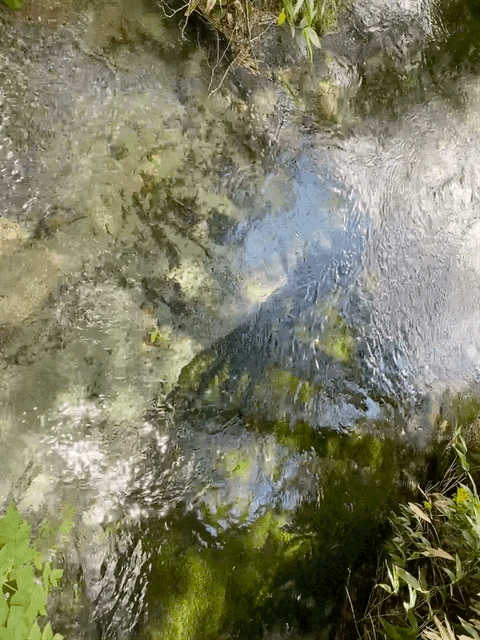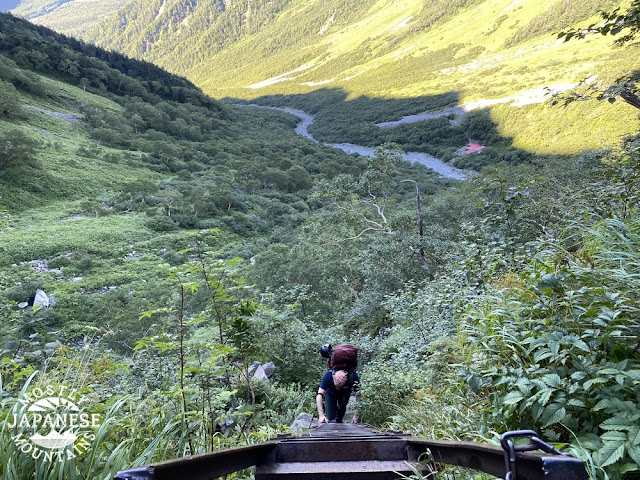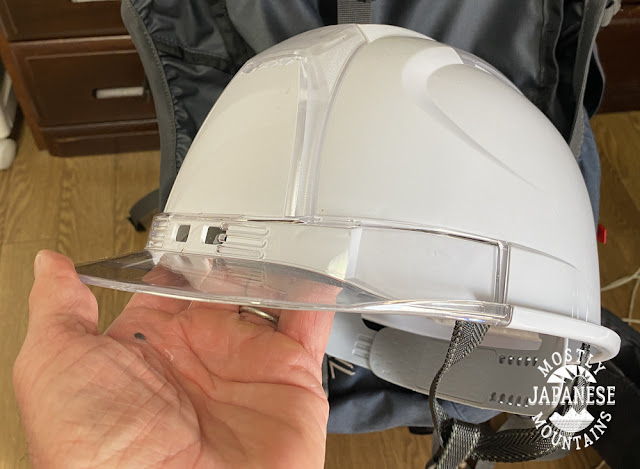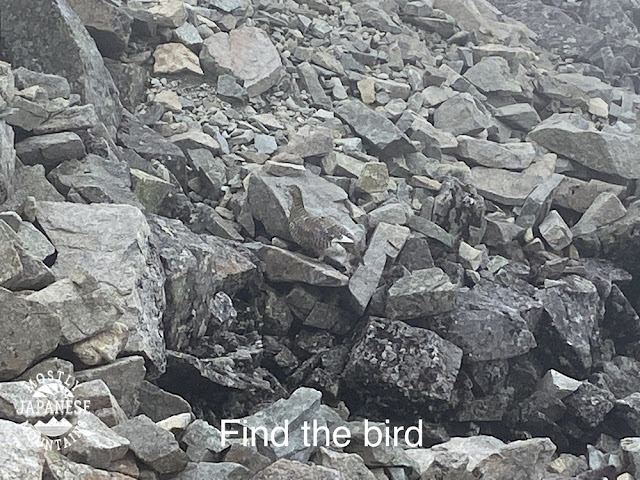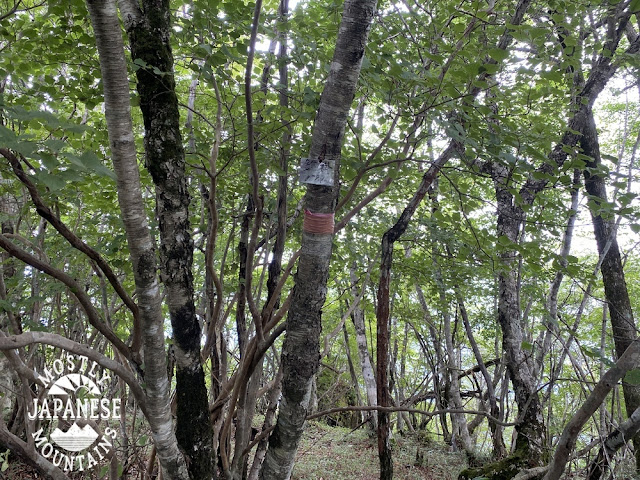Greetings and salutations cave ladies, cave gentlemen and cave children of all ages.
Today I'd like to tell you about a trip to Japan's Northern Alps region.
First, let me give you some details and stats. Then I'll show you some pictures.
Location:
Japanese Northern Alps (The Hida Mountain Range). The border between Takayama City, Gifu Prefecture and Matsumoto City, Nagano City
Starting and stopping point:
Mountains climbed:
Maehotakadake, Okuhotakadake. These names are often shortened to "Maeho" and "Okuho."
A word on the names. The main name for this collection of peaks is Hotakadake. "Ho"means something like "ear" (of corn) or "point" and "taka" means "high." "Dake" means "peak".
The peaks specifically are "Maehotaka", "Nishihotaka", "Okuhotaka" and "Kitahotaka." "Mae"="front." "Nishi"="west." "Oku"="inner part" or "recess." "Kita" means "north."
Getting there/getting around:
Private cars aren't allowed as far as Kamikochi. You must take a bus. You can get one from Matsumoto or from far away exotic places like Shinjiku or Tokyo. One bus company is here: Alpico Bus . This web site has great access information. Access Leave a comment to ask me for advice if you need help choosing a route from where you are.
Map:
Yama to Kogen Chizu #38 山と高原地図 槍ヶ岳・穂高岳 上高地
Weather Information:
Mountain Forecast dot com or Tenki to kurasu (Japanese, but with understandable graphics)
Distance:
26km
Time:
3 days/2 nights 18 hours, 51 minutes hiking (but we were sloooooow)
Elevation:
Lowest point: 1,500 meters Highest: 3,190 meters. Total ascent 2,200. Total descent 2,200 meters.
Technical considerations/difficulty:
Fairly challenging. Part of this route, from Dakesawa Hut to Kimiko Daira, has the steepest ascent in the Alps. There are many places with chains, ropes or ladders. There are many spots that necessitate climbing with both hands and feet. Much of the route is above the tree line and some spots are quite exposed. All that said, this route to Okuhotaka is not as challenging as the Nishihotaka side, the Gendarme or the Daikiretto to the north. Those demand more technical ability and strength. Helmets on the route we chose are definitely recommended but ropes and harnesses aren't necessary. This site is a treasure trove of information on all things Kamikochi. Kamikochi trekking information
Facilities:
There are several huts in the area where food and lodging are available. Each of the huts typically has tenting sites and even rental equipment to the point where going camping "tebura"* is possible. (*"tebura" "手ぶら" means "hands hanging by one's side", ie empty-handed) Along with the usual souvenirs and snacks, mountaineering clothes and boots are available for purchase. Kamikochi is really an Alpine paradise of sorts. Each of the huts has pay toilets as well. On the trail, there is nothing between huts. I always wonder what females do about the call of nature up there. I know what I do. Shhhh. Let's keep that between us. 😉
Thoughts/observations:
I wish I had the time and money to do a trip like this every day. What a place. The weather wasn't the best for this hike but it was still great. August in Japan does not offer too many clear skies and it was a bit of a disappointment not to get any completely unobstructed views of the mountains from the bottom or of their surroundings from the tops. The best season for hiking in the area is fall. The air is crisp and clear and the fall foliage is gorgeous. Unfortunately, that's when all the people show up. The place we tented at the second night has sites for 800 tents--and it does get full during leaf-peeping season. The caveman goes to the mountains to get away from people so a few clouds in August is ok by him.
This is in the Visitor's Center








